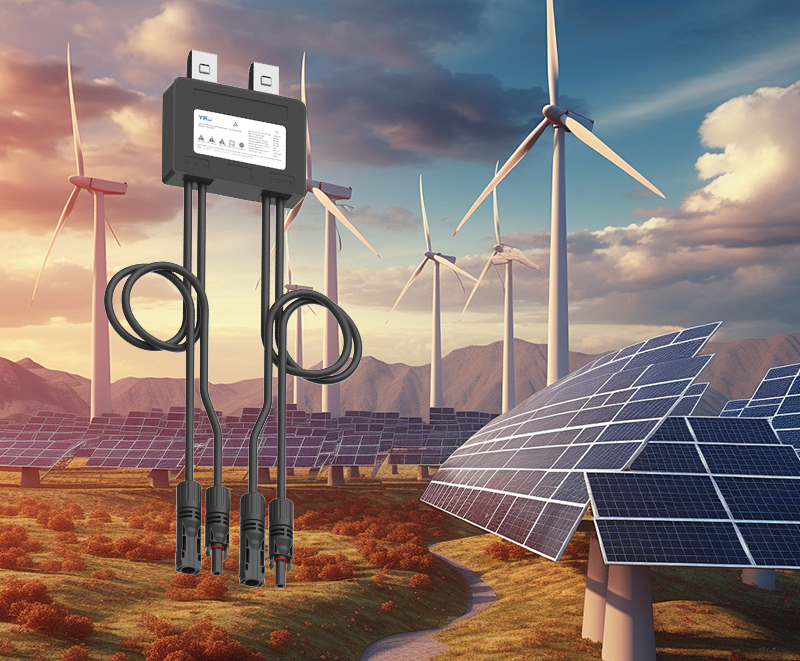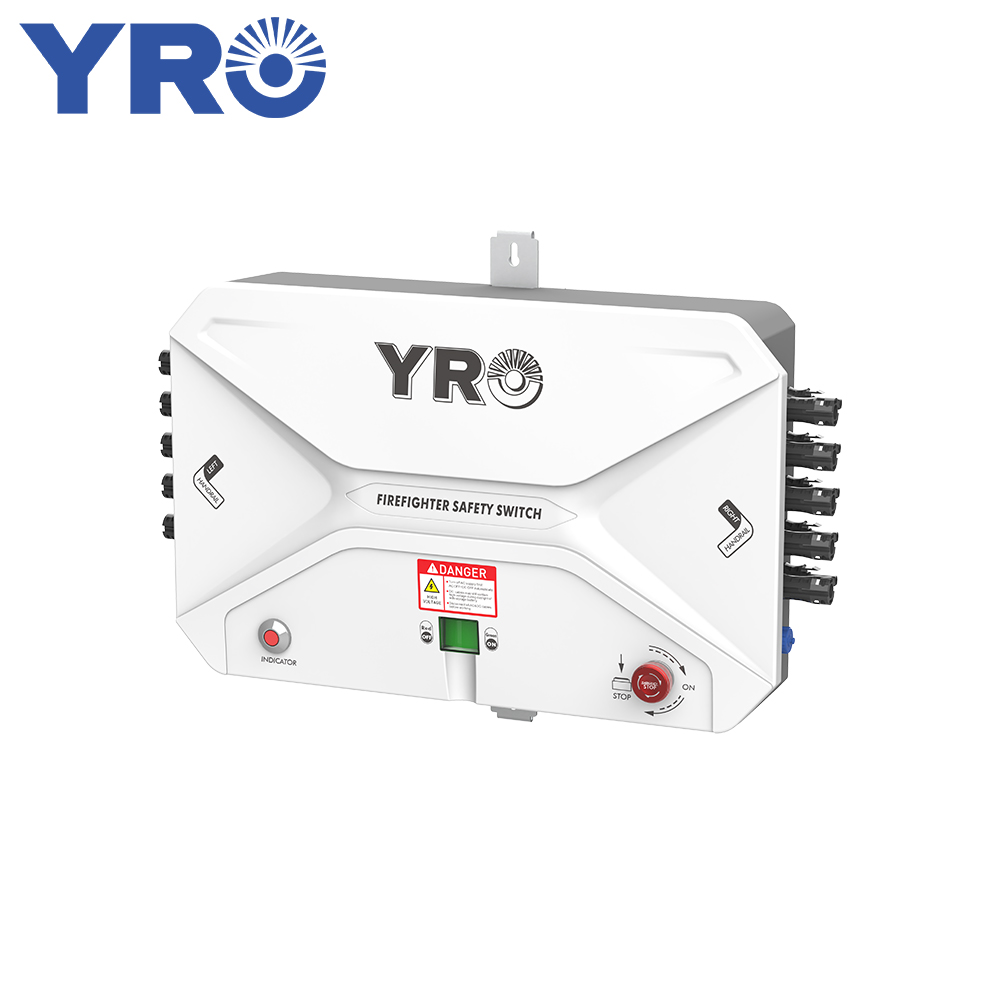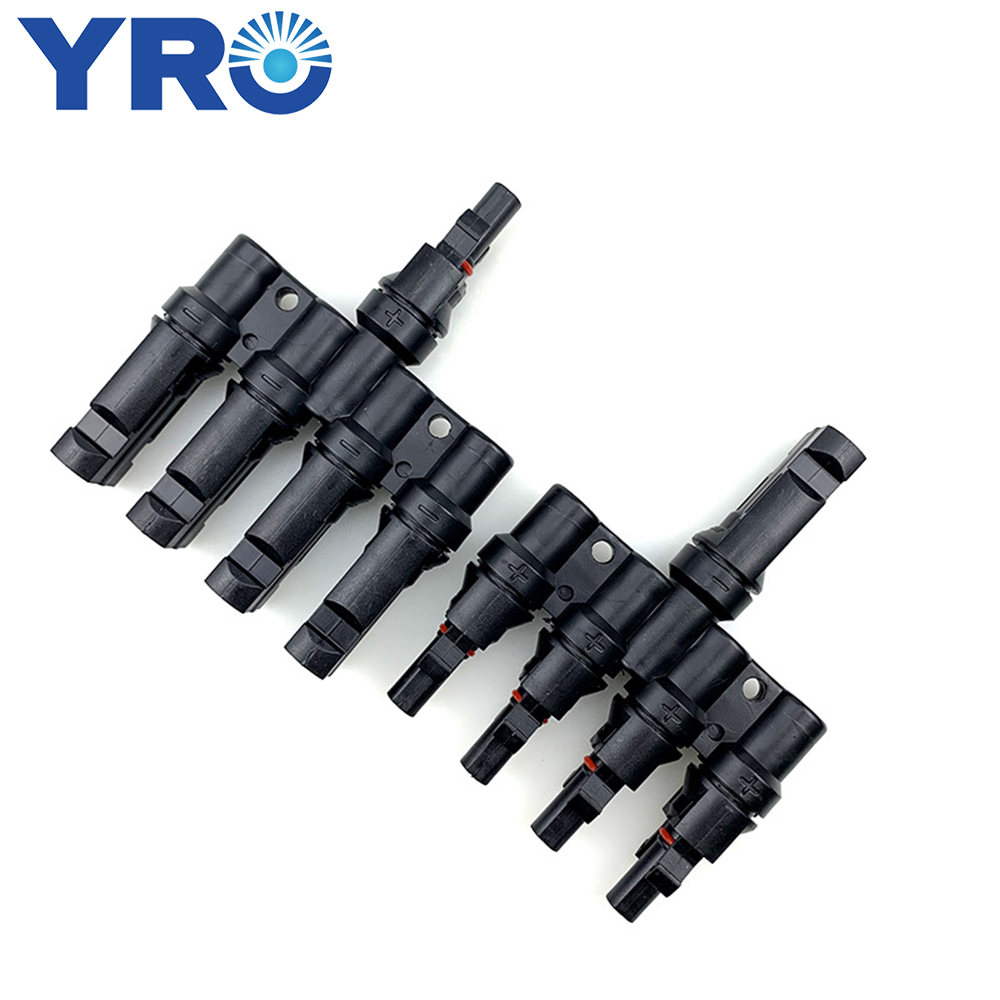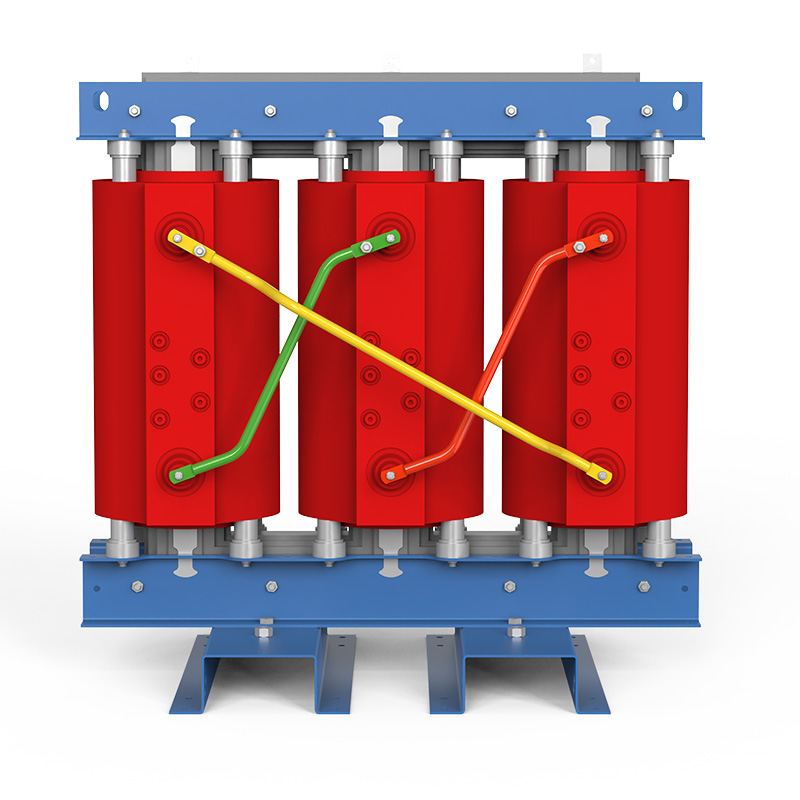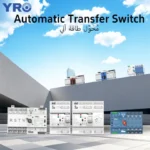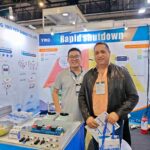What is a photovoltaic optimizer?
Photovoltaic power optimizer. The photovoltaic power optimizer uses a unique software algorithm to track the maximum power point (Maximum Power Point) of a single module in real time. Users can choose different types of power optimizers based on the actual operating conditions of the photovoltaic system. To solve the problem of reduced power generation of photovoltaic systems caused by shadow occlusion, differences in component orientation or inconsistent component attenuation, achieve maximum power output and online monitoring of single modules, and improve system efficiency.
Core points: In the photovoltaic power generation system, there are a series of factors that reduce the output power of the photovoltaic array, such as inconsistent attenuation speed of photovoltaic cells or the presence of shadows. The concentrated maximum power tracking of the inverter cannot maximize the output power of each photovoltaic cell. . Apply maximum power tracking technology to each photovoltaic cell to maximize the output power of each photovoltaic cell according to environmental changes, so that each photovoltaic cell can work at the maximum power point, which can save the distributed photovoltaic power generation system to the greatest extent The power lost due to component mismatch, shadow occlusion and other factors is the core function of the optimizer.
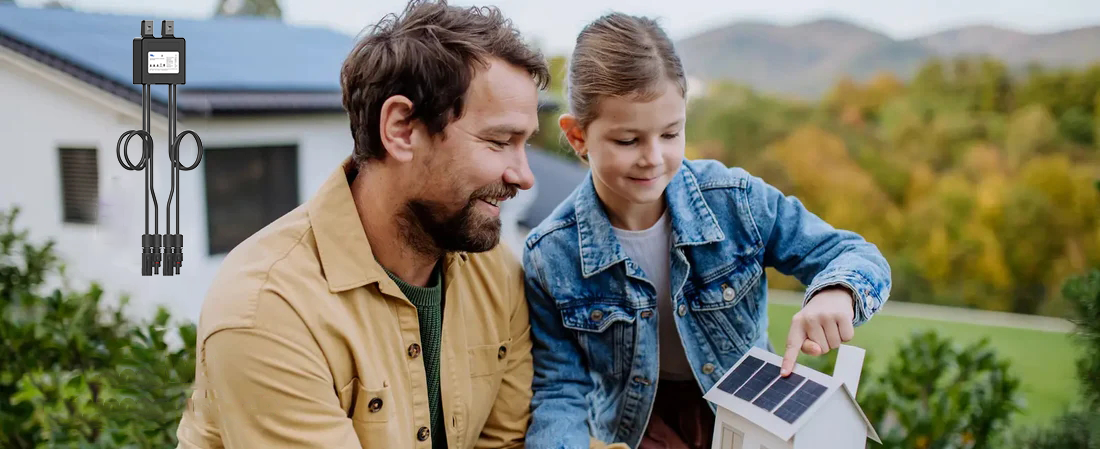
What problem does the photovoltaic optimizer solve?
Answer: Increase the output power of photovoltaic modules (i.e. power generation), accurately locate problem points and improve power station operation and maintenance efficiency.
- Solve the problem that the power of the entire string of photovoltaic modules is reduced due to shading of some components in the photovoltaic string.
- Solve the impact of reduced system power generation caused by parameter differences of photovoltaic modules when they leave the factory.
- As time goes by, the different aging degrees of photovoltaic modules lead to an increase in component mismatch, thus affecting the power generation of the entire system.
- Currently, photovoltaic designers use 9:00-15:00 as the time limit to calculate module shading. The optimizer can reduce the reduction in power generation caused by shading at other time points. Some roofs have complex structures and shading verification, resulting in reduced installation capacity. The use of optimizers can effectively solve this problem.
- Photovoltaic power station operation and maintenance is currently a headache, and how to quickly and effectively find the problem is very critical. The optimizer can detect the parameters of each photovoltaic module and accurately locate problem points.
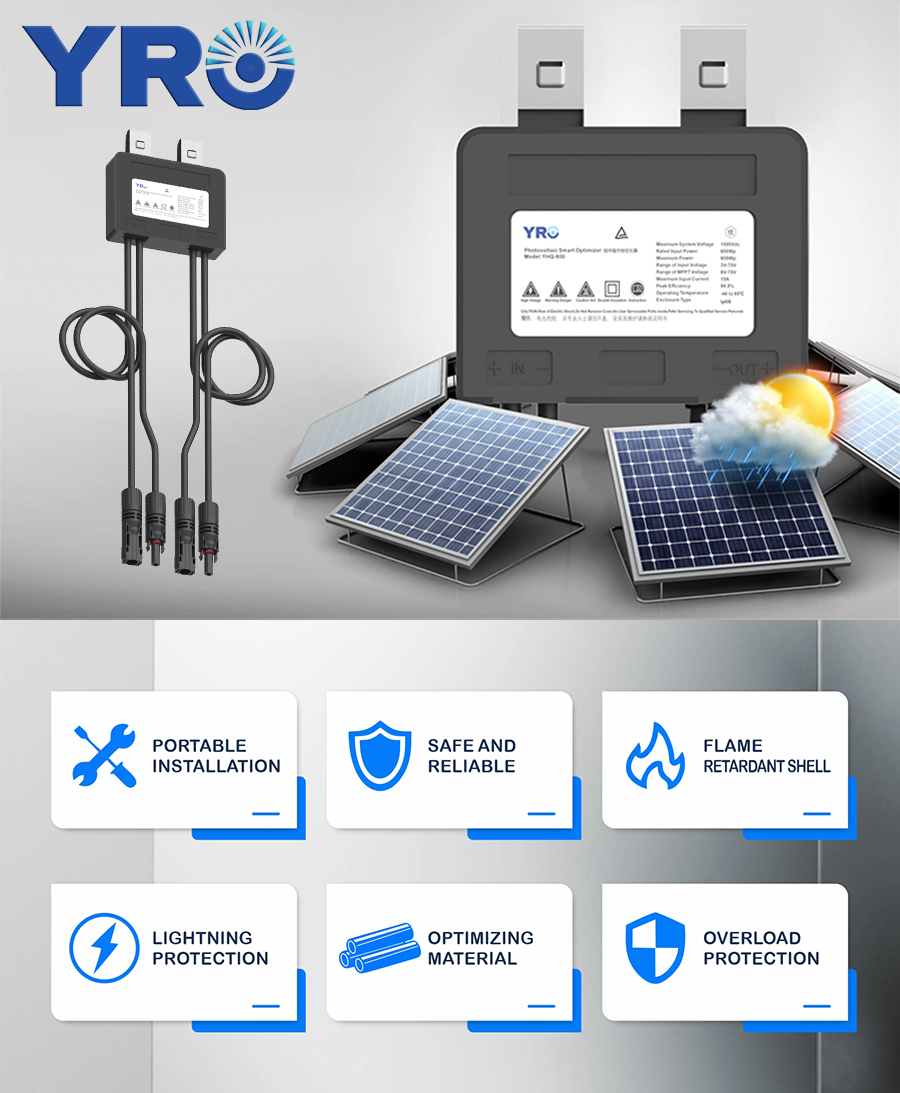 What value does it bring to customers?
What value does it bring to customers?
Answer: Increase power generation and reduce operation and maintenance costs
- Improves the problem of reduced power generation caused by component shading. Depending on the shading conditions, the power generation can be increased by 5%-25%.
- Using the optimizer without shading can increase power generation by about 1%.
- Solving the adaptation situation of photovoltaic modules can increase the module adaptation loss by about 2%, thereby increasing power generation.
- The optimizer can detect the parameters of each photovoltaic module, accurately locate problem points, improve operation and maintenance efficiency, and reduce operation and maintenance costs. It can reduce operation and maintenance costs by about 0.03 yuan/W per year and 0.75 yuan/W in 25 years. Operation and maintenance costs.
What are the advantages of a photovoltaic operation and maintenance system equipped with a photovoltaic optimizer?
1. Increase the power generation of the photovoltaic power station and increase the income of the power station:
The photovoltaic optimizer can capture the maximum power point of each component to increase the power generation, thereby increasing the power generation. The photovoltaic optimization algorithm can increase the power generation by 5-25% and improve the power generation. Webmaster income. Specifically, it can reduce the power generation loss caused by hot spot effect, near shadow loss, component mismatch, etc.
2. Reduce operation and maintenance costs, reduce expenses, and improve production efficiency:
——By optimizing the allocation and co-operation of information technology and other resource elements, effectively integrating power generation assets and equipment, thereby reducing resource consumption and waste in photovoltaic power generation production and management, and reducing station construction investment and operating costs.
——The annual operation and maintenance cost of large power stations is a loss that cannot be ignored. After installing the optimizer, the problem can be accurately located and the operation and maintenance can be quickly assisted. The optimizer has a bypass function, which does not affect the normal power generation of the entire string while isolating abnormal components. For projects with high operation and maintenance costs, components can be replaced without replacing them, thus saving operation and maintenance costs.
——Through data collection and transmission, information storage and processing, and intelligent analysis and prediction of photovoltaic power stations, power station managers can more accurately predict possible events in power station operation and management, dispatch resources in a more timely manner, and then take timely and effective measures. Diversion, prevention and treatment measures are adopted to always maintain the effective operation and management of photovoltaic power stations.
——The installation of photovoltaic power optimizer can achieve component-level data collection and monitoring. He can accurately locate the fault point of each photovoltaic module and locate its cause. Coupled with maintenance personnel, operation and maintenance costs will be greatly reduced.
3.Reduce safety risks: realize component-level shutdown to ensure the safety of the power station. Customer-oriented is the basis of product design and research and development. The operation and maintenance platform realizes safe power dispatch for the power station and combines management to achieve the purpose of disaster prevention.